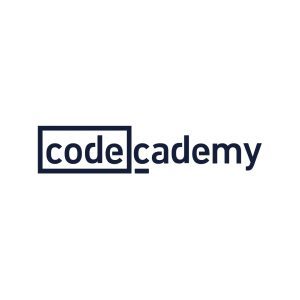Data Manipulation with dplyr
Build Tidyverse skills by learning how to transform and manipulate data with dplyr.
Say you’ve found a great dataset and would like to learn more about it. How can you start to answer the questions you have about the data? Use dplyr to answer those questions.First steps: Transforming data with dplyr
This course is designed to teach users how to efficiently manipulate and transform data using the dplyr package in R.First, explore fundamental data transformation techniques, including the use of key dplyr verbs like select, filter, arrange, and mutate. These functions will teach you how to modify datasets by selecting specific columns, filtering rows based on conditions, sorting data, and creating new calculated columns??.
Aggregating data with dplyrNext, the course covers data aggregation, teaching users how to summarize and condense data for better interpretation. You’ll understand how to make your data more interpretable and manageable??. Functions such as count, group_by, and summarize are introduced to perform operations that aggregate many observations into meaningful summaries, essential for data analysis and reporting.Selecting and transforming dataFinally, you will learn advanced data selection and transformation techniques, such as using select helpers and the rename verb. You will also get to apply your skills to a real-world case study and practice grouped mutates, window functions, and data visualization with ggplot2.By the end of the course, you will have developed robust data manipulation skills using dplyr, enabling more efficient and effective data analysis??—a vital capability for any data analyst or scientist.







There are no reviews yet.